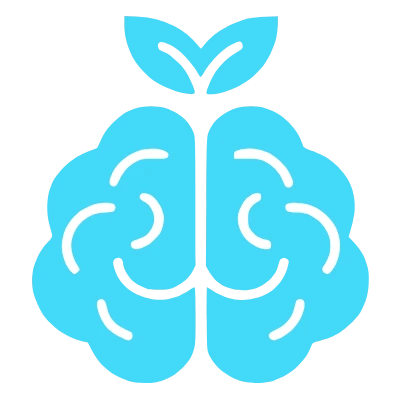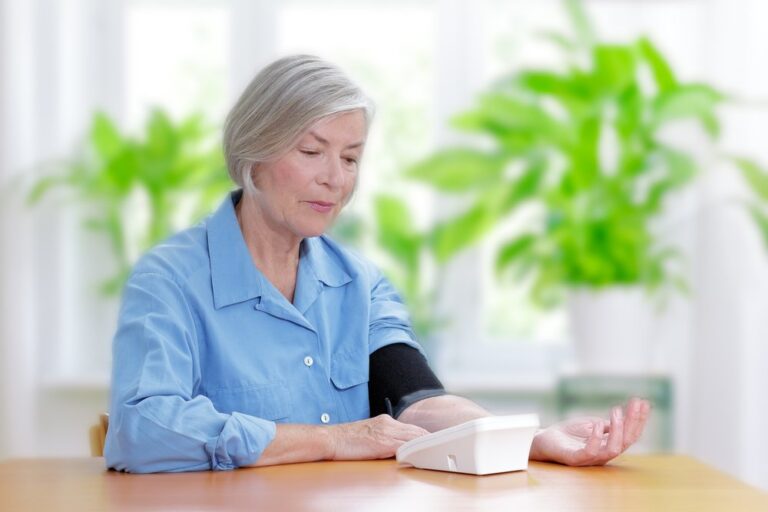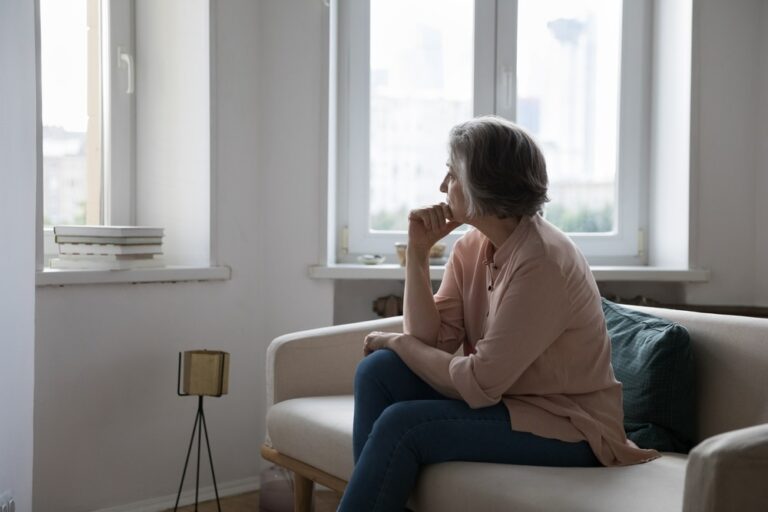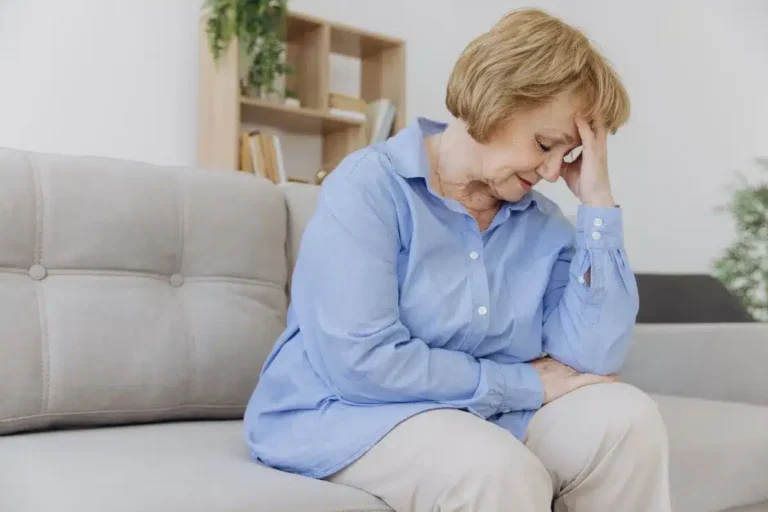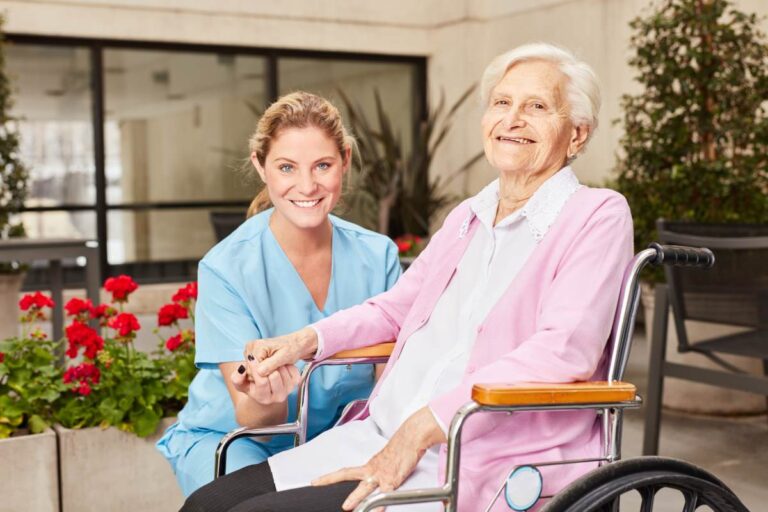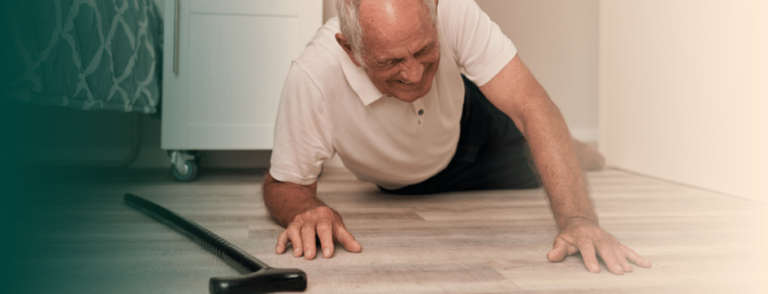Stroke recovery in older people is a topic of increasing importance, given the aging of the population. Therefore, to fully understand this process, it is necessary to first analyze the sequelae that can arise after a stroke and then the rehabilitation options that can promote recovery after a stroke.
Sequelae in older people after having a stroke
After an older person has suffered a stroke, they may experience different after-effects that can affect their quality of life and their ability to perform certain daily activities.
Although the after-effects can vary from person to person, here are some that are common in those who have gone through this experience.
- Muscle paralysis or weakness: Stroke can affect the muscles and nerves, which can lead to paralysis or weakness in a part of the body. For example, a person may have difficulty moving an arm or leg after a stroke.
- Speech and communication difficulties: Some older people may experience difficulties speaking or understanding language after a stroke. This can manifest as aphasia, which is the loss or difficulty in finding the right words, or as difficulty understanding what is said to them.
- Memory and cognitive problems: Stroke can affect cognitive function and memory. Older people may experience difficulty remembering new information or recent events. They may also have difficulty concentrating, planning, or making decisions.
- Emotional changes: It is common for older people who have had a stroke to experience emotional changes. They may become more irritable, depressed, or anxious.
- Difficulties with walking and balance: After a stroke, some people may have difficulty walking or maintaining balance. This can increase the risk of falls and injuries, requiring special attention and appropriate safety measures.
What can happen after a stroke?
After a stroke, older people can face various challenges, as we have seen, which range from physical disabilities to cognitive and emotional alterations. For example, difficulties may arise with mobility, speech, vision and memory. Additionally, it is common to experience mood swings, depression and anxiety.
In this context, the care of these people is essential for their recovery after a stroke. And for this, family members have several options.
- First, they can take care of the elderly’s care themselves, which can be rewarding, but also challenging and exhausting.
- Secondly, they can hire a person or health team to provide care in the senior’s home. This option may offer more support and resources, but it may also have significant costs.
- Finally, they can choose to transfer the elderly to a residence, where they will receive comprehensive and specialized care. However, this can imply a loss of independence for the elderly and difficulties in maintaining family and social ties.
What stroke rehabilitation is recommended for the elderly or older people?
Stroke rehabilitation is an essential component in the stroke recovery process. Their goal is to help people regain their independence and quality of life as much as possible. In the case of the elderly, it is crucial to take into account their specific needs and limitations to design an appropriate rehabilitation program.
There are various approaches in rehabilitation after stroke. Among the most common are physical therapy, occupational therapy and speech therapy, which focus respectively on the recovery of mobility, activities of daily living and communication. Cognitive therapy may also be helpful in managing memory and concentration problems.
In addition, stroke recovery exercises have been shown to be essential for brain recovery, even in cases of severe stroke. These exercises can include physical, cognitive and social skills activities, and can be adapted to each person based on their condition and abilities.
Recovery time from a stroke in the elderly
Stroke recovery time in the elderly can vary greatly depending on the severity of the stroke, the general health of the individual, and the promptness and quality of care received. In general, recovery can take from several months to several years, and may continue gradually throughout life.
How to help an elderly person recover from a stroke?
To help an older person recover from a stroke, it is essential to offer them emotional and physical support, and to actively participate in their rehabilitation process.
Family members can encourage and accompany the elderly in their recovery exercises, help them adapt to any limitations they may have, and encourage their participation in social and recreational activities.
In addition, it is important to maintain open communication with health professionals to understand the condition and needs of the elderly person, and to receive advice and guidance on how to help them.
As you see, stroke recovery in the elderly can be a long and difficult process, but with proper care and rehabilitation, many people can recover a large part of their functionality and quality of life, even after a serious or mild stroke.
And remember, it is crucial to be aware of this possibility and work collaboratively to support seniors on their path to recovery.
